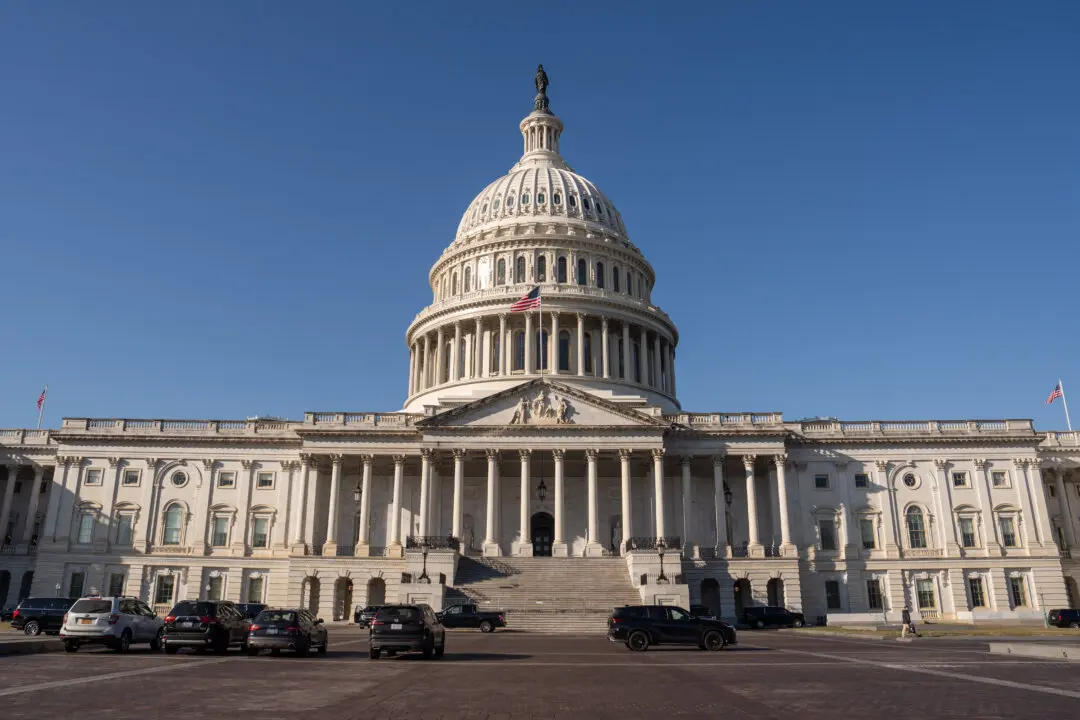With fewer than 50 days until the Nov. 8 elections, the stage has been set with local, state, and national media churning out a blizzard of stretch-run campaign coverage.
In print media, there’s a uniformity in how election articles are structured. Most routinely note how the race fits into the “big picture,” how much money was raised by candidates, and what the polls say.





